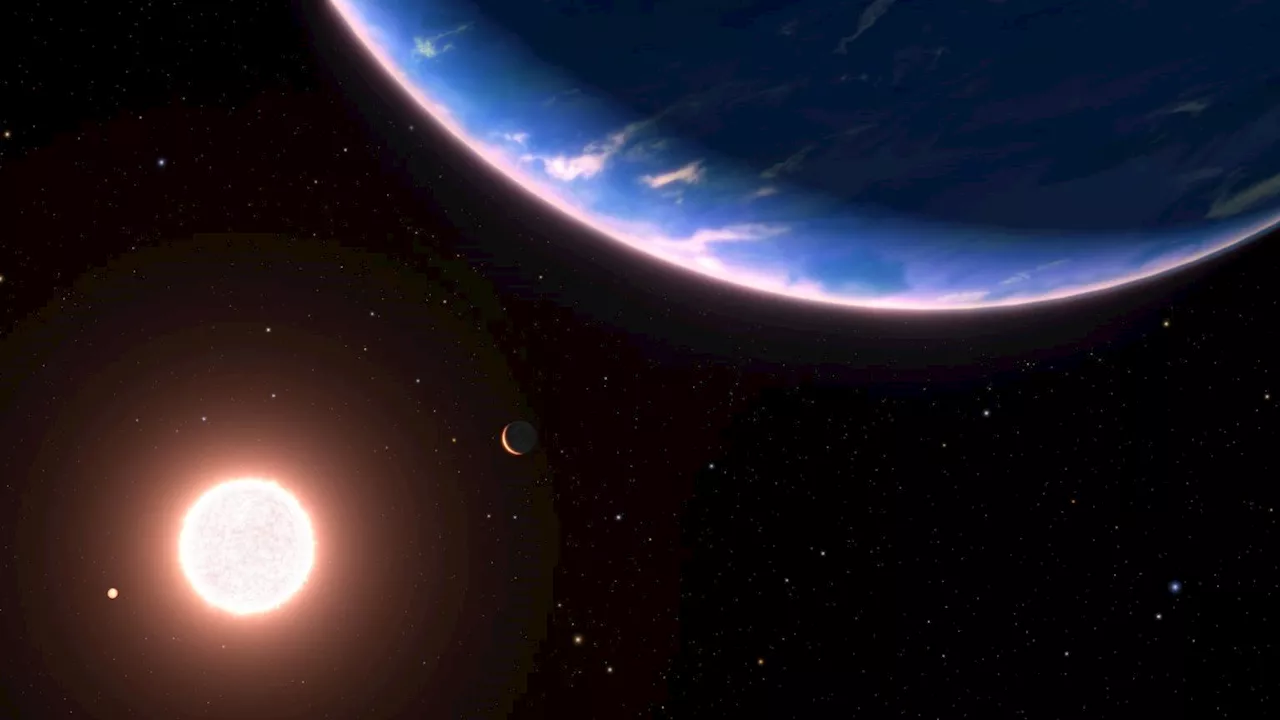Astronomers using the JWST have found the first 'steam world.' Scientists theorized about them but this is the first observational proof.
An artist’s conception of the “steam world” GJ 9827 d, shown in the foreground in blue. Astronomers have theorized about these worlds, but this is the first one they've observed. Image credit: NASA, ESA, Leah Hustak , Ralf Crawford
“This is the first time we’re ever seeing something like this,” said Eshan Raul, who analyzed the JWST data of GJ 9827 d as an undergraduate student at the University of Michigan. “To be clear, this planet isn’t hospitable to at least the types of life that we’re familiar with on Earth. The planet appears to be made mostly of hot water vapor, making it something we’re calling a ‘steam world.'”
The observations show that GJ 9827 d’s atmosphere is more than 31% water vapour by volume and has very high metal enrichment. The observations also show that no hydrogen or helium is escaping. When astronomers use transmission spectroscopy to examine and characterize an exoplanet’s atmosphere, high metallicity and clouds can produce the same signal. High metallicity can produce smaller spectral features, and clouds can also mute and flatten spectral features. Clouds can also mask the presence of molecular absorbers below the cloud deck.
Though GJ 9827 d isn’t habitable as far as our understanding of life goes, other exoplanets with similar metallicity are desirable targets in the search for life. Now that astronomers have broken the clouds-metallicity degeneracy, it changes our understanding of those planets and scientists’ ability to discern them. It’s all thanks to the JWST and its observing prowess.
“Now we’re finally pushing down into what these mysterious worlds with sizes between Earth and Neptune, for which we don’t have an example in our own solar system, are actually made of,” MacDonald said. “This is a crucial proving step towards detecting atmospheres on habitable exoplanets in the years to come.”
United States Latest News, United States Headlines
Similar News:You can also read news stories similar to this one that we have collected from other news sources.
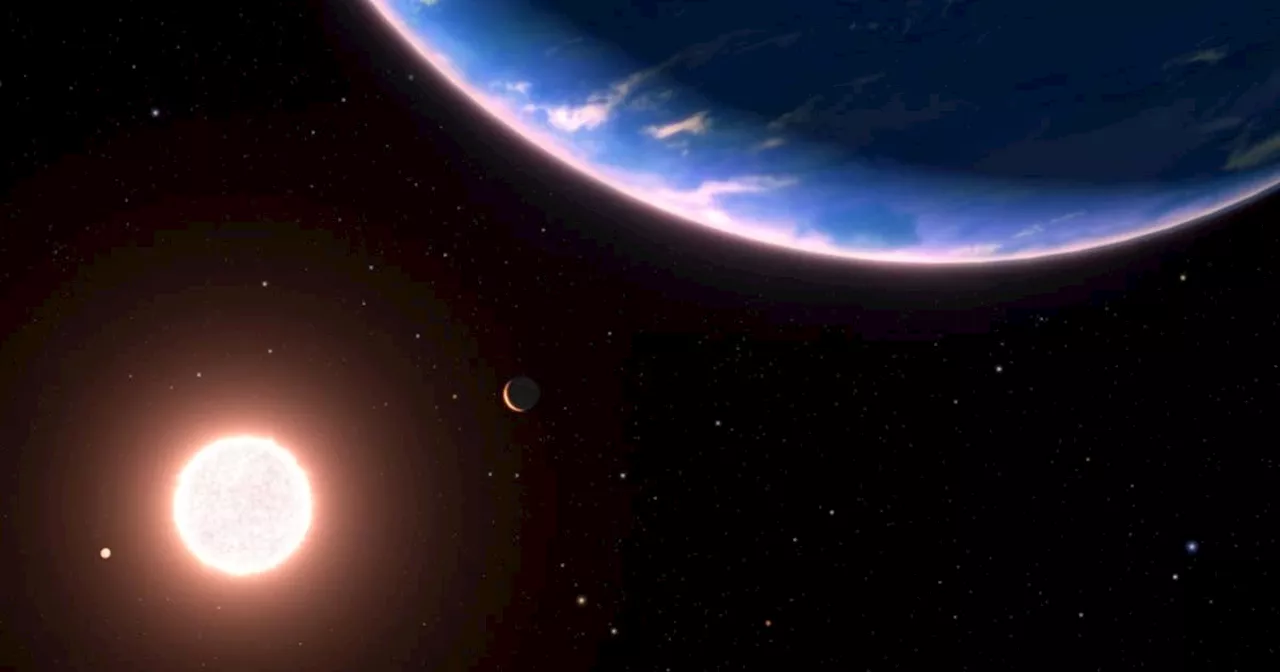 James Webb Spots First-Ever Alien “Steam World”Science and Technology News and Videos
James Webb Spots First-Ever Alien “Steam World”Science and Technology News and Videos
Read more »
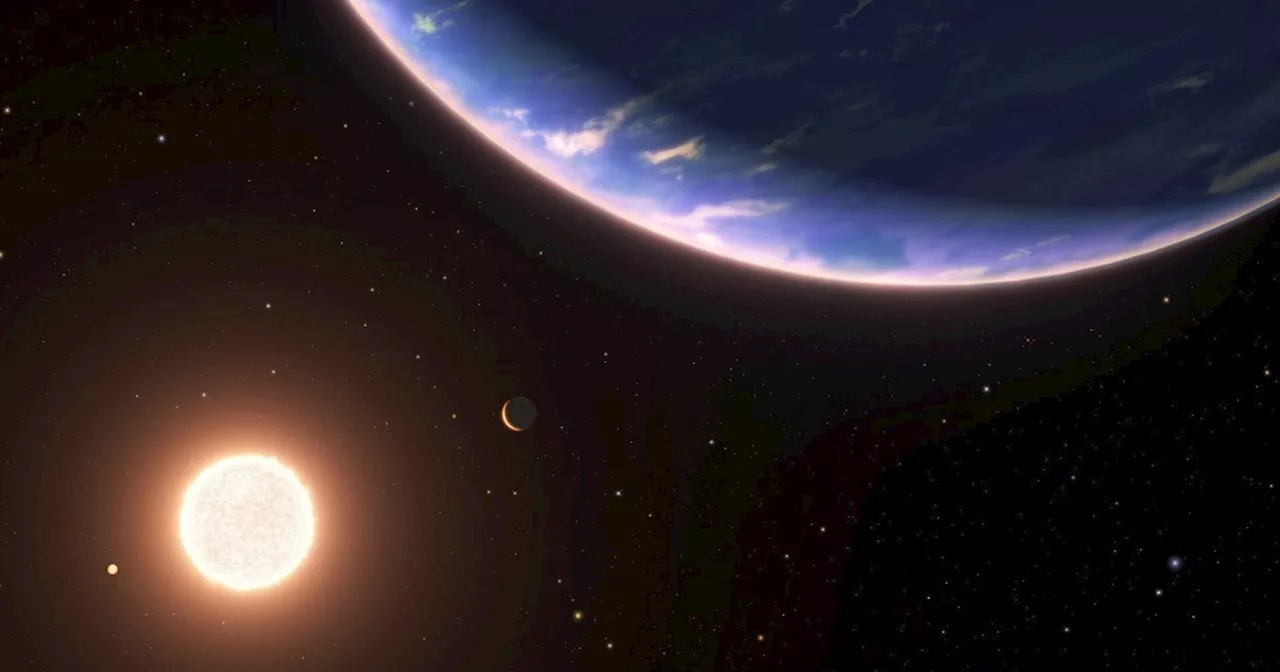 James Webb discovers a new type of exoplanet: an exotic ‘steam world’Researchers using James Webb have identified a new and exotic type of planet called a steam world, with an atmosphere almost entirely composed of water vapor.
James Webb discovers a new type of exoplanet: an exotic ‘steam world’Researchers using James Webb have identified a new and exotic type of planet called a steam world, with an atmosphere almost entirely composed of water vapor.
Read more »
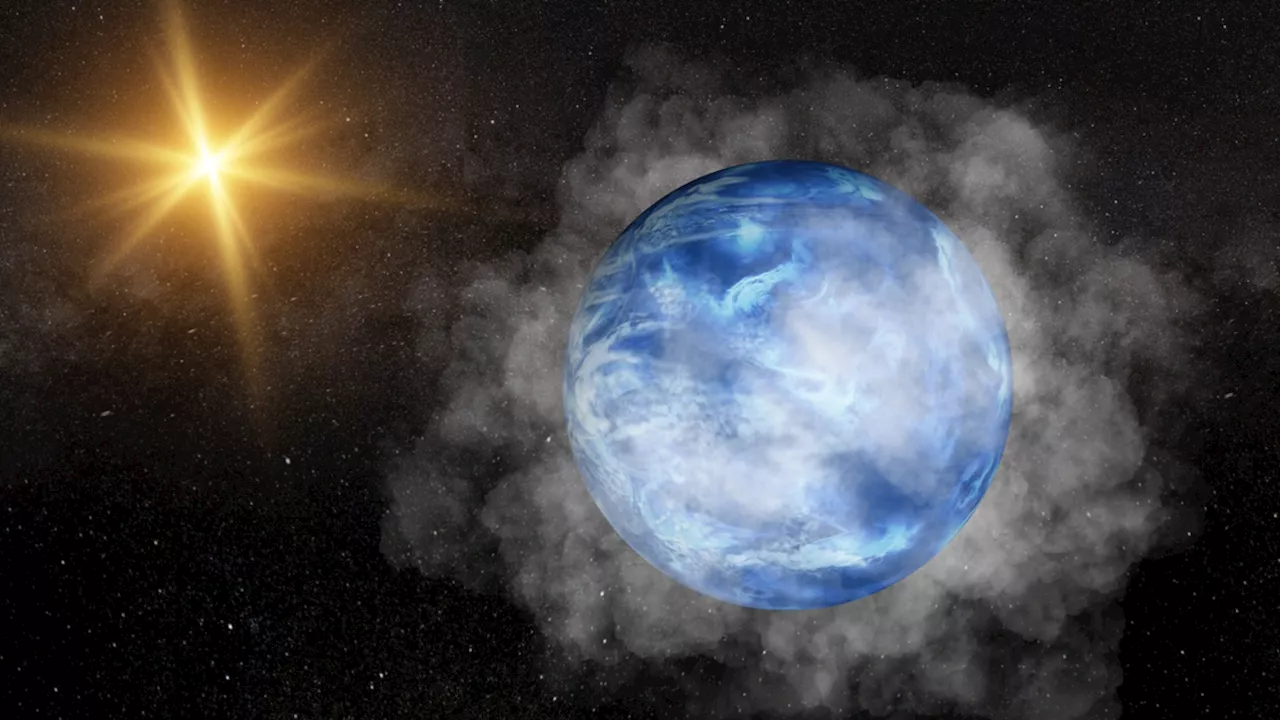 Nearby exoplanet is a 1st-of-its-kind 'steam world,’ James Webb Space Telescope findsRobert Lea is a science journalist in the U.K. whose articles have been published in Physics World, New Scientist, Astronomy Magazine, All About Space, Newsweek and ZME Science. He also writes about science communication for Elsevier and the European Journal of Physics. Rob holds a bachelor of science degree in physics and astronomy from the U.K.
Nearby exoplanet is a 1st-of-its-kind 'steam world,’ James Webb Space Telescope findsRobert Lea is a science journalist in the U.K. whose articles have been published in Physics World, New Scientist, Astronomy Magazine, All About Space, Newsweek and ZME Science. He also writes about science communication for Elsevier and the European Journal of Physics. Rob holds a bachelor of science degree in physics and astronomy from the U.K.
Read more »
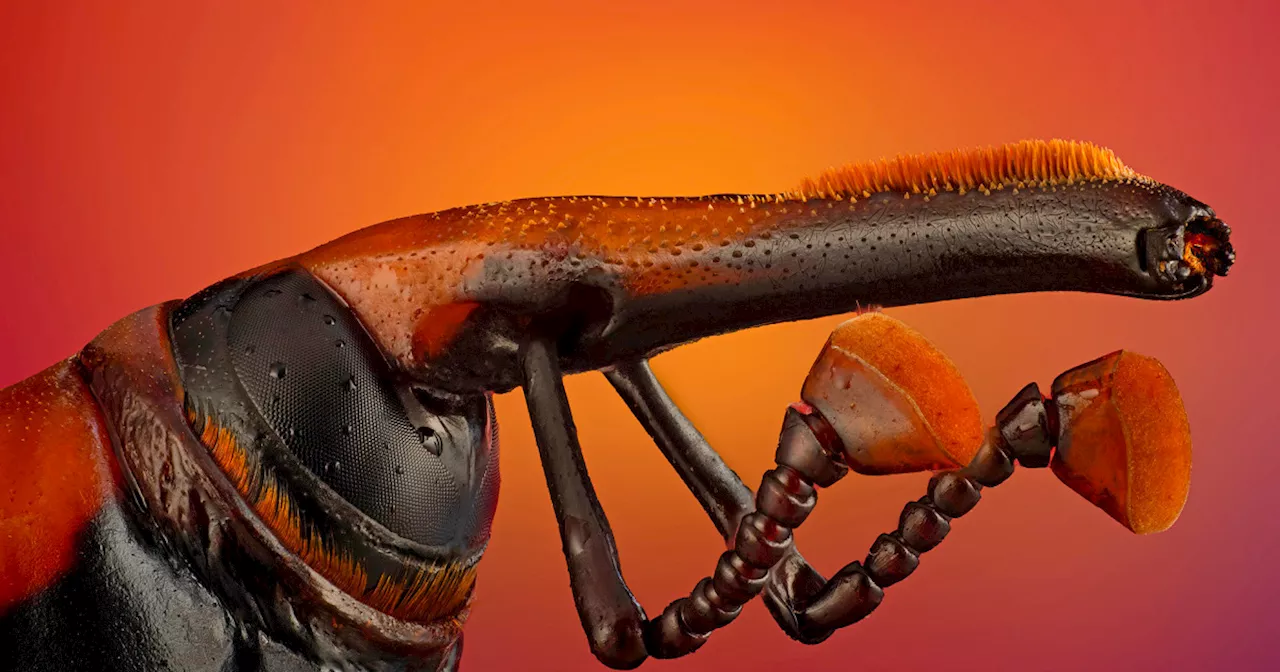 Nikon 'Small World' photo contest reveals beauty of microscopic worldMatt Nighswander joined NBCNews.com as a multimedia producer in July 2012. Nighswander is part of the team responsible for selecting photos for the site and creating original content based on photography. Among his individual responsibilities is the Month in Space slideshow. Nighswander reports to James Collins, director of photography.
Nikon 'Small World' photo contest reveals beauty of microscopic worldMatt Nighswander joined NBCNews.com as a multimedia producer in July 2012. Nighswander is part of the team responsible for selecting photos for the site and creating original content based on photography. Among his individual responsibilities is the Month in Space slideshow. Nighswander reports to James Collins, director of photography.
Read more »
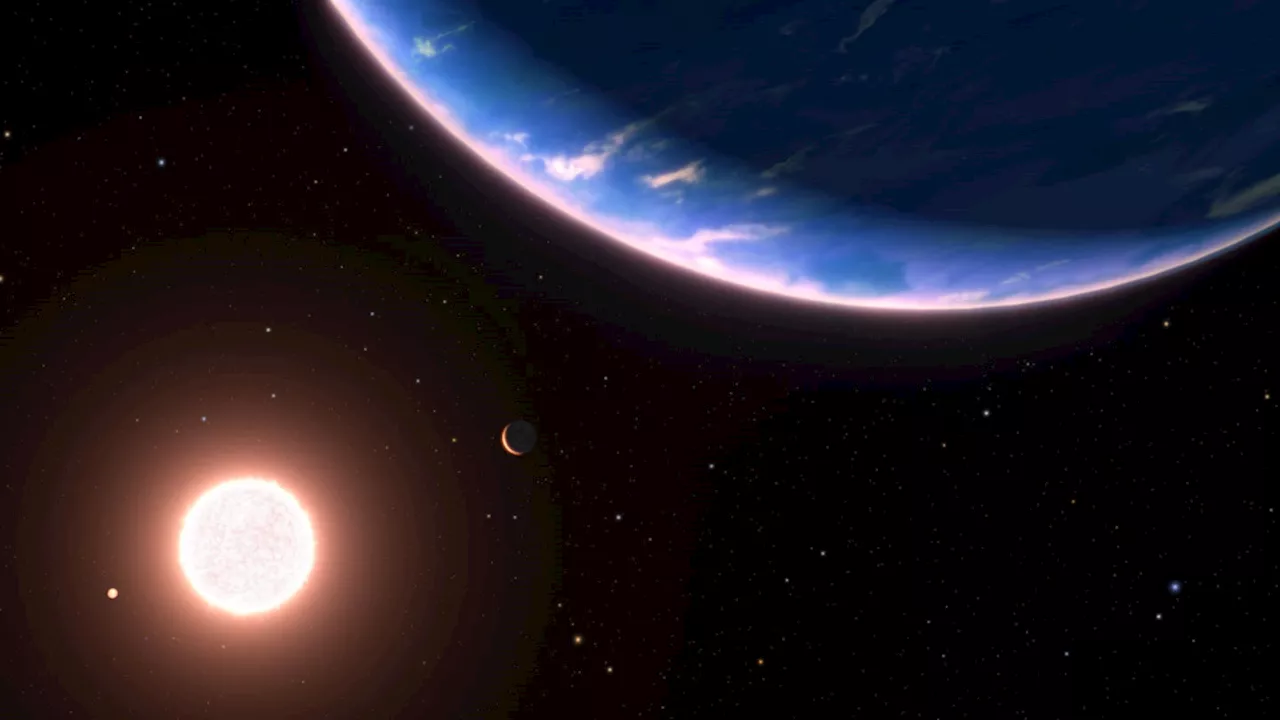 JWST spots the first known 'steam world'Astronomers have found a world shrouded in an atmosphere of water vapor, orbiting a star 100 light-years away.
JWST spots the first known 'steam world'Astronomers have found a world shrouded in an atmosphere of water vapor, orbiting a star 100 light-years away.
Read more »
 Winds of change: James Webb Space Telescope reveals elusive details in young star systemsPlanet-forming disks, maelstroms of gas and dust swirling around young stars, are nurseries that give rise to planetary systems, including our solar system. Astronomers have discovered new details of gas flows that sculpt those disks and shape them over time.
Winds of change: James Webb Space Telescope reveals elusive details in young star systemsPlanet-forming disks, maelstroms of gas and dust swirling around young stars, are nurseries that give rise to planetary systems, including our solar system. Astronomers have discovered new details of gas flows that sculpt those disks and shape them over time.
Read more »
